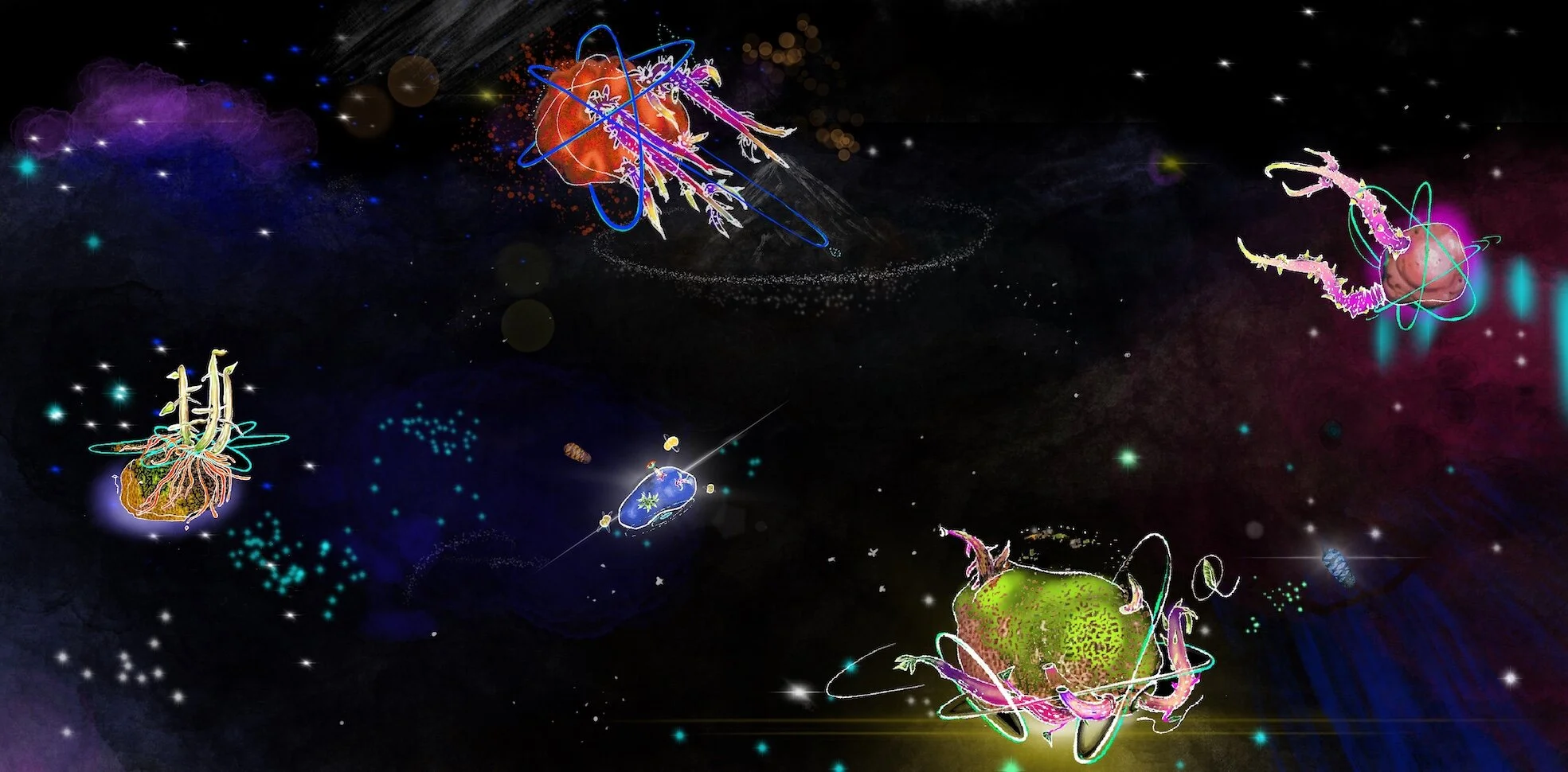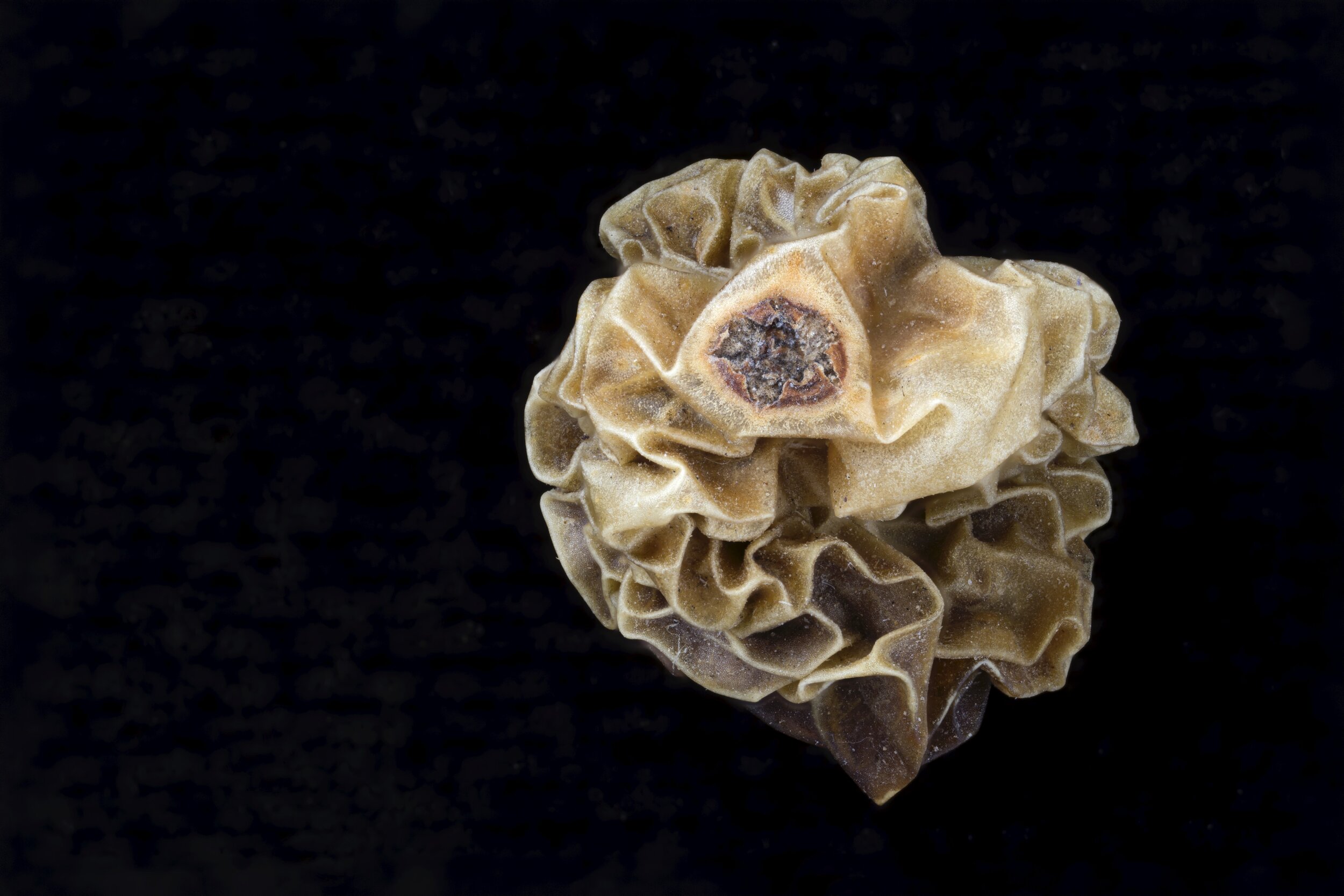Cultivating the Future
OSGF
With climate change and environmental destruction damaging this planet, advancing space exploration is becoming more important than ever - and artists are beginning to explore what their role might be in an interplanetary future.
Last week, an international space payload was launched to the International Space Station, bearing the projects of nine groups of artists, encapsulated in small polycarbonate pockets. On board were 125 true potato seeds - tiny objects carrying with them a weighty message about the future of space travel.
Lucia Monge, testing seed viability prior to the launch. Photo Source: Lucia Monge
The Sojourner 2020 payload, a project of the MIT Media Lab Space Exploration Initiative, aims to spark conversations about the intersection of art and science, and what relationship art might have with space exploration. For Peruvian artist Lucia Monge and Chinese artist/engineer Xin Liu, designing a project centered around potatoes - a widely-grown crop with cultural, ecological, and scientific significance - was a way to spread a message about an anti-colonial future in space.
Their project, titled “Unearthing Futures: the decolonizing potential of potatoes,” is a collaborative work with elements of art and science: after the true potato seeds (smaller than the spuds typically used to grow potatoes) return from their 30-day orbit, Xin and Lucia will grow them and compare them to control groups left behind in Peru and Oregon, to see how the space voyage affected the seeds. Then, the artists will create a public installation with the grown potatoes, including sculptures and experimental agriculture, in order to have conversations about how we might responsibly and sustainably manage a future that extends beyond this planet.
We chatted with Lucia, the Oak Spring Garden Foundation’s 2018 Eliza Moore Fellow and a member of our Artists in Residence selection committee, about the fascinating project.
Why did you choose potatoes to use for your project?
LM: Well, one of the things we’re thinking about is how we're living in monocultures, both politically and also in agricultural terms - not everywhere of course, but there is a tendency to value a single “perfected” crop over a variety. For us, it was important to think of a symbol of variety and diversity. Potatoes have 4000 varieties and those are just the ones we know about.
I’m also Peruvian, so it was important for me to work with a crop that is Peruvian. We’re very proud of all our varieties of potatoes and how they’re part of people's lives around the world, and they’ve played such an important role many times in history.
What was the process of selecting the seeds like?
LM: The payload that went to space had air-tight capsules made of polycarbonate, and each capsule carried an art project. The diameter of each capsule was 1.4 centimeters, which is pretty small, so no spud would fit in it. So we needed true potato seeds, which are tiny, and surprisingly hard to acquire. I was hoping the seeds would come from Peru, and I was in communication with the International Potato Center. However, the time that it would take for them to ship the seeds to the U.S., plus the time they would have to be in quarantine before being released, meant they wouldn’t have made it to the launch. So I was trying to find true potato seeds in the U.S. In 2019 I was at Oak Spring and I shared about my project so Nancy and Kimberley at the library started helping me look for them online. Many sites would sell spuds, but not true potato seeds. Then, Peter Crane put me in contact with GRIN (Germplasm Resources Information Network) - they’re a program from the USDA, and they have a library of seeds of all kinds of crops. They had seeds from the International Potato Center in Peru - so that was amazing to find. . . . I’m super grateful for everybody's help!
What do you hope people learn, or takeaway, from this project?
LM: I’m interested in the collaboration between art and science, and how we generate questions from the space in between these two disciplines. On one level, I’m hoping that there’s something we can learn about what happens to potato seeds in zero gravity, which is exciting. But I also hope this project can open questions about how we think about space travel, how we imagine our attitudes when we go to space, and who gets to go there - for me, it is deeply related to our ecological relationships here on earth.
How does it feel to be a part of the Sojourner 2020 voyage?
LM: I think it’s really exciting, because again to me, it’s a way of thinking about relations between species. I’ve always thought about our network of relations on earth, so to have the ability to dream and think and reflect on those relations, having that network extend and include other solar systems and galaxies, it’s really mind blowing and exciting.






